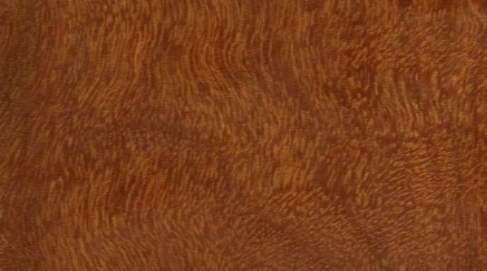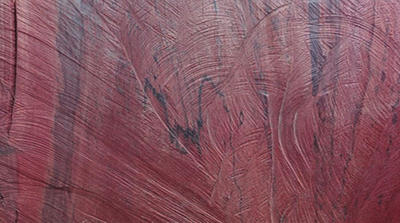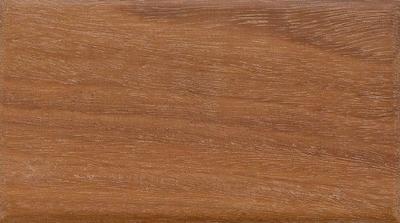Guayacán
Scientific Name: Tabebuia guayacan (Seem.) Hemsl
Other Common and Commercial Names: Ipe (Nombre Internacional), Nogal Brasileño, Lapacho
Appearance: Heartwood can vary in color from reddish brown, to a more yellowish olive brown or darker blackish brown; sometimes with contrasting darker brown/black stripes. In certain species, there are powdery yellow deposits within the wood. Ipe can be difficult to distinguish visually from Cumaru, another dense South American timber, though Ipe tends to be darker, and lacks the subtle yet characteristic vanilla/cinnamon scent while being worked.
Characteristics: Has a fine to medium texture, with the grain varying from straight to irregular or interlocked. Moderate natural luster.
Weight: Basic specific gravity (ovendry weight/green volume) ranges from 91 to 1.10; air-dry density 69lbs.
Janka Rating: 3,510
Working Properties: Overall, Ipe is a difficult wood to work, being extremely hard and dense, with high cutting resistance during sawing. Ipe also has a pronounced blunting effect on cutting edges. The wood generally planes smoothly, but the grain can tearout on interlocked areas. Also, Ipe can be difficult to glue properly, and surface preparation prior to gluing is recommended. Straight-grained wood turns well, though the natural powdery yellow deposits can sometimes interfere with polishing or finishing the wood.
Uses: Flooring, decking, exterior lumber, veneer, tool handles, and other turned objects.



